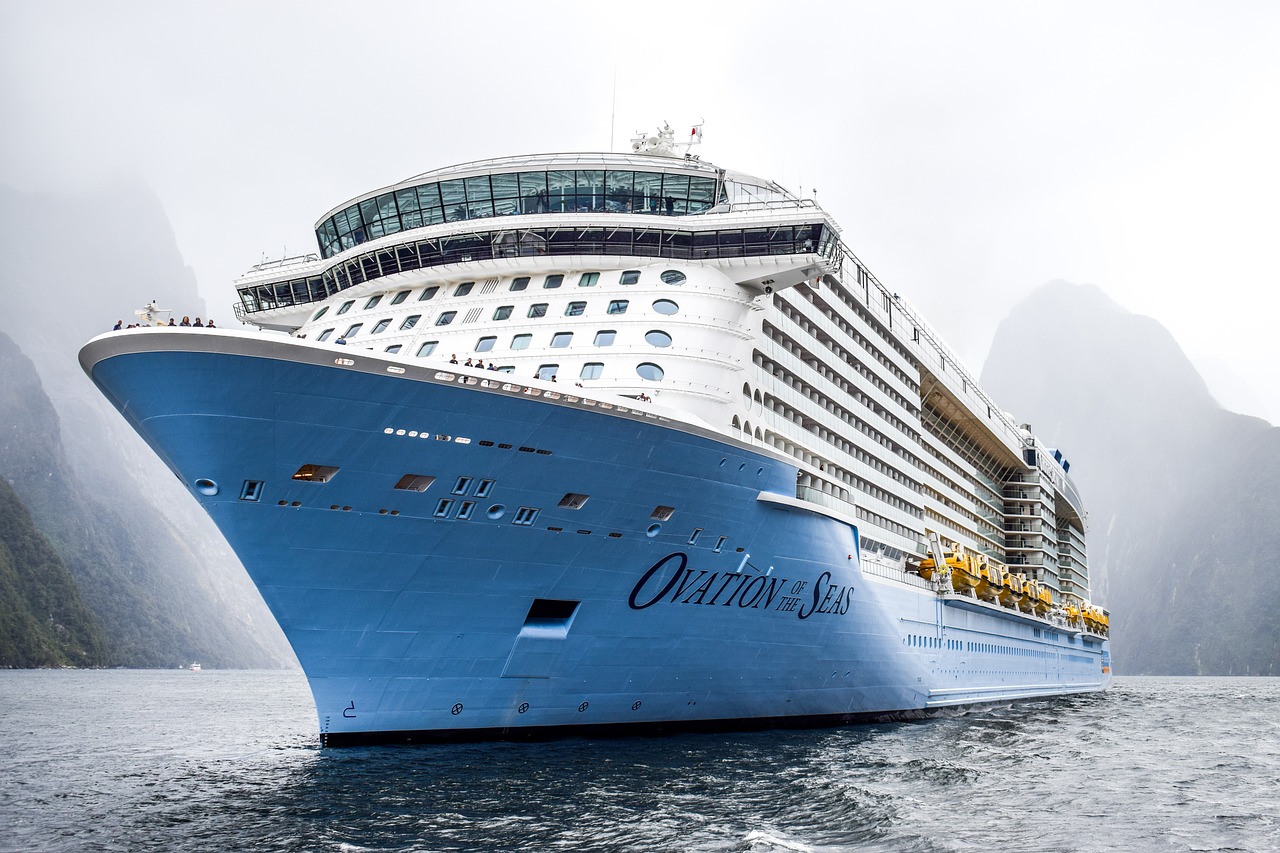An itinerary is a detailed plan for a trip or journey, outlining the activities, accommodations, transportation, and schedule for each day. It serves as a roadmap for your travels, helping you stay organized, make the most of your time, and ensure a smooth and enjoyable experience. In this comprehensive guide, we will explore the concept of an itinerary, its purpose and benefits, as well as the different types of itineraries and how to create your own. Discover the art of crafting a well-planned itinerary to enhance your travel experiences.
Purpose of an Itinerary
An itinerary serves several important purposes for travelers, including:
Organization: An itinerary keeps track of all your travel plans and arrangements, such as flights, accommodations, and activities, in one centralized document.
Time management: By scheduling your activities and allocating time for each, an itinerary helps you make the most of your limited vacation time and ensures you don’t miss out on any must-see attractions or experiences.
Budgeting: Creating an itinerary allows you to estimate the costs of your trip and allocate your budget accordingly, helping you avoid overspending or running out of funds.
Safety and communication: Having a well-documented itinerary makes it easier to share your travel plans with friends, family, or travel companions, ensuring they know your whereabouts and can assist in case of emergencies.
Smooth travel experience: A detailed itinerary minimizes the chances of encountering unexpected issues or last-minute changes, leading to a more enjoyable and stress-free trip.
Types of Itineraries
There are several types of itineraries, each catering to different travel styles and preferences:
Fixed itinerary: A fixed itinerary is a pre-planned and structured schedule that outlines specific activities, accommodations, and transportation for each day of your trip. This type of itinerary is ideal for travelers who prefer a well-organized and predictable travel experience.
Flexible itinerary: A flexible itinerary is a more loosely structured plan that outlines general activities, accommodations, and transportation options, leaving room for spontaneity and last-minute changes. This type of itinerary is suitable for travelers who enjoy a more relaxed and open-ended travel experience.
Theme-based itinerary: A theme-based itinerary is a travel plan that revolves around a specific theme or interest, such as culinary, adventure, cultural, or eco-tourism. This type of itinerary is perfect for travelers who want to focus their trip on a particular passion or hobby.
Group itinerary: A group itinerary is a travel plan designed for a group of people, such as families, friends, or organized tour groups. This type of itinerary considers the needs and preferences of each group member and ensures a balanced and enjoyable experience for all.
Components of an Itinerary
A comprehensive itinerary includes several key components to ensure a smooth and enjoyable travel experience:
Travel dates: Clearly specify the start and end dates of your trip, as well as any intermediate travel dates if your itinerary includes multiple destinations.
Accommodations: List the names, addresses, and contact information for each accommodation, along with the check-in and check-out dates and any relevant booking confirmation numbers.
Transportation: Include details of your transportation arrangements, such as flight numbers, departure and arrival times, train or bus schedules, and car rental information.
Activities and attractions: Outline the activities and attractions you plan to visit during your trip, including their addresses, hours of operation, admission fees, and any pre-booked tickets or reservations.
Meals: If you have specific restaurants or dining experiences in mind, include their names, addresses, and contact information, as well as any reservations you’ve made.
Emergency contacts: List the contact information for any important emergency resources, such as local hospitals, embassies or consulates, and emergency services (police, fire, ambulance). Additionally, include the contact information of a trusted friend or family member who should be notified in case of emergencies.
Tips for Creating an Itinerary
Creating a well-planned itinerary requires thorough research, organization, and attention to detail. Here are some tips to help you craft a successful itinerary:
Start with research: Begin by researching your destination and gathering information on the attractions, activities, accommodations, and transportation options available. Use travel guides, blogs, social media, and local tourism websites as resources to gain insights and inspiration.
Prioritize your interests: Identify the top sights, experiences, and activities that are most important to you and prioritize them in your itinerary. This will help you allocate your time effectively and ensure you don’t miss out on your must-see attractions.
Consider travel time and logistics: Factor in the time required for transportation, check-in/check-out at accommodations, and navigating between attractions when planning your daily schedule. This will help you avoid overbooking your days and ensure a more relaxed and enjoyable pace.
Be realistic with your schedule: Avoid cramming too many activities into a single day, as this can lead to stress and burnout. Instead, aim for a balanced itinerary that allows for downtime and leisurely exploration.
Factor in meals and breaks: Schedule time for meals, snacks, and breaks throughout your itinerary, ensuring you have ample opportunities to rest, refuel, and soak in the local culture.
Create a contingency plan: Prepare a list of alternative activities, accommodations, or transportation options in case your original plans fall through due to unforeseen circumstances.
Use itinerary templates or apps: Utilize itinerary templates or travel planning apps to help you organize and visualize your travel plans, making it easier to manage and share your itinerary.
Adapting Your Itinerary
While having a detailed itinerary is essential for a smooth and enjoyable travel experience, it’s also important to remain flexible and open to change. Here are some tips for adapting your itinerary on the go:
Be prepared to adjust your plans: Unforeseen circumstances, such as weather conditions, attraction closures, or transportation delays, may require you to modify your itinerary. Be prepared to adjust your plans and have a list of alternative activities or accommodations at hand.
Remain open to new experiences: While following a well-planned itinerary can be comforting, it’s important to stay open to new experiences and spontaneous opportunities. Be willing to deviate from your itinerary if you come across a unique attraction, event, or local recommendation that captures your interest.
Balance structure and spontaneity: Strive for a balance between a structured itinerary and spontaneous exploration, allowing yourself the freedom to discover hidden gems and immerse yourself in the local culture.
Tools and Resources for Creating an Itinerary
There are numerous tools and resources available to assist you in creating and managing your travel itinerary, including:
Travel planning websites and apps: Websites and apps, such as TripIt, Google Trips, and Roadtrippers, can help you organize and visualize your itinerary, as well as provide recommendations for attractions, accommodations, and transportation.
Guidebooks: Traditional guidebooks, such as Lonely Planet, Fodor’s, and Frommer’s, offer valuable information on attractions, activities, accommodations, and transportation options, as well as sample itineraries for various destinations.
Travel blogs and social media: Travel blogs and social media platforms, such as Instagram and Pinterest, can provide inspiration and insights on unique experiences, hidden gems, and local recommendations.
Conclusion
An itinerary is an essential component of any successful trip, providing a roadmap for your travels and ensuring a smooth and enjoyable experience. By understanding the purpose and types of itineraries, as well as the components and tips for creating your own, you can craft a well-planned and personalized travel plan that caters to your interests, preferences, and travel style. Utilize available tools and resources, such as travel planning websites, apps, guidebooks, and social media, to research and organize your itinerary, while remaining flexible and open to new experiences and spontaneous opportunities. By investing time and effort into planning your itinerary, you will not only enhance your overall travel experience but also create lasting memories that you will cherish for years to come. So, embark on your next adventure with confidence, armed with a carefully crafted itinerary to guide you every step of the way.














